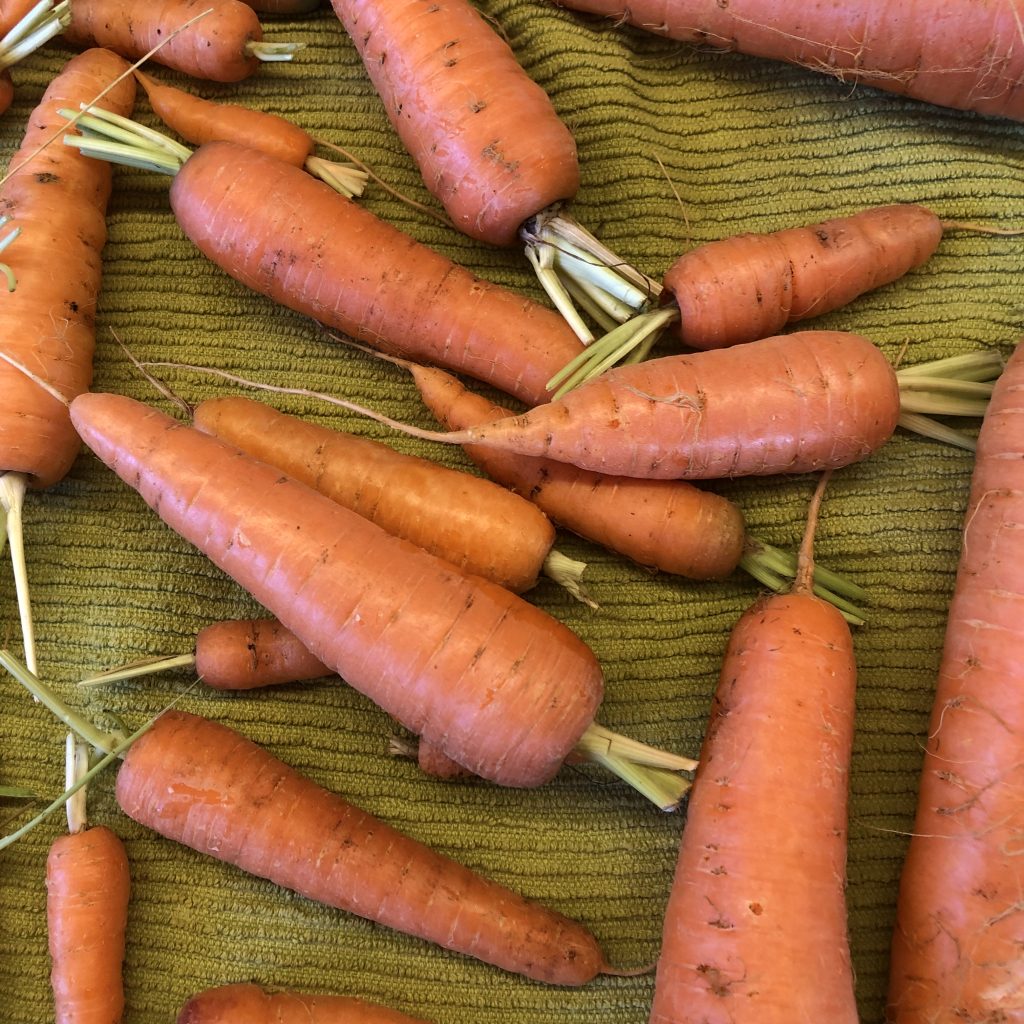Will It Or Won’t It? Seasonal Frost Anxiety
No Worries, Mate
You get comfortable and spread out. You take out every patio accoutrement and your hummingbird feeders multiply. You have lighting, you have whirligigs, you have water features and the patio becomes a paradise of pollinators.
Things are rosy, and as they say, the living is easy.
Then yellowjackets peak, you get stung a few times and are blocked from normal garden chores and you are reminded that the bucolic reality you’ve come to love will someday end. Soon.
Estimation
I often think of September 21 as the day it will likely frost in my neck of the woods. Or rather, I used to.
It came like clockwork.
However, these days, the pattern that has established itself is an all-hands-on-deck frost scare the third week of September then at least a couple more weeks of 45-degree nights.
It’s a certainty that the fall frost will come, all that remains a mystery is exactly when.



Surprise!
This year we had a horrible spring frost literally in mid-June, the 15th. It affected many blossoms adversely, particulary tree fruit. The weather service did warn against it but there was little we could do, having just confidentally put out seedlings, thinking surely after June 1, even the old timers would approve.
Sound loud buzzer here! If there is one thing you can count on, it is that you are at Mother Nature’s mercy for frost, spring or fall.
The Inevitable
At the end of summer, frost will do all its necessary magic — eventually.
As foliage is killed back, pumpkins will reveal themselves. Seed gathering begins in earnest. The harvest comes in tidal waves and you split your time between the garden and the canner. This is the time to measure your early season goals and reflect on the surprises you never considered back in February.
Of course the fall frost is a giant line on the sand and triggers dozens of new garden chores geared toward putting the garden to bed for the winter. So you start checking your weather source obsessively.
Interpreting the Data
Notifications can be confusing and everyone knows this part — inaccurate. Weather services often contain shifty language like “widespread pockets of frost” and include temperature ranges that straddle freezing and non-freezing. “Frost likely” is another old saw that can make you pick all your tomatoes then realize it was a false alarm. Sheesh.
Elevation can also play a huge role.
At Double Decker Farm, there are always two frost dates: For the lower elevation (first) and the upper (sometimes one or two weeks into October).
Down the road at my Dad and Robin’s house, frost comes early no matter what and they hardly ever come out of the earliest warnings unscathed.
Know When to Hold ‘Em, Know When to Fold ‘Em
The point is, this is the gambling portion of gardening. Should you cover all your tomatoes? Should you pick the small watermelon you’ve been slaving over for just one but of juicy red flesh or see if you can get it to gain some size during the remaining warm days? Choose wrong and forfeit even that one taste!






Since tomatoes that have been touched by frost cannot be canned, managing them is a trick. And those are just a couple of factors.
PhD in Frost Prediction
As I was pondering all this this year, I received a collection of seemingly vague and mismatched frost messages. The language wasn’t consistent. They would appear out of the blue then be deleted.
I started to think of them as frost hauntings, because they definitely made me sit upright in my bed at 3:00 a.m.
I finally looked up the official information for notifications on frost, once and for all.
I use NOAA, and because it is the most conservative resource (and errs on the “yeah it’s gonna frost” side) and gives me time to plan. Usually.
The Official NOAA Version:
Freeze Watch
A Freeze Watch is issued when there is a potential for significant, widespread freezing temperatures within the next 24-36 hours.
A Freeze Watch is issued in the autumn until the end of the growing season (marked by the occurrence of first widespread freeze).
A Freeze Watch is issued in the spring at the start of the growing season (when it is late enough to cause damage to new plants and crops).
Freeze Warning
A Freeze Warning is issued when significant, widespread freezing temperatures are expected.
A Freeze Warning is issued in the autumn until the end of the growing season (marked by the occurrence of first widespread freeze).
A Freeze Warning is issued in the spring at the start of the growing season (when it is late enough to cause damage to new plants and crops).
Frost Advisory
A Frost Advisory is issued when the minimum temperature is forecast to be 33 to 36 degrees on clear and calm nights during the growing season.
A Frost Advisory is issued in the autumn until the end of the growing season (marked by the occurrence of first widespread freeze).
A Frost Advisory is issued in the spring at the start of the growing season (when it is late enough to cause damage to new plants and crops).
Hopefully this information will help you decide whether you want to go to all that work to cover (I am generally opposed to this). Or whether to turn a disbelieving eye. Or whether your gardening season can be done and you are satisfied, ready for frost and eager for soup season.
Whatever you choose, here’s to the end of the growing season 2024: A great squash year (and an abysmally poor orchard year) that also included some truly spectacular summer gardening days!


0 Comments